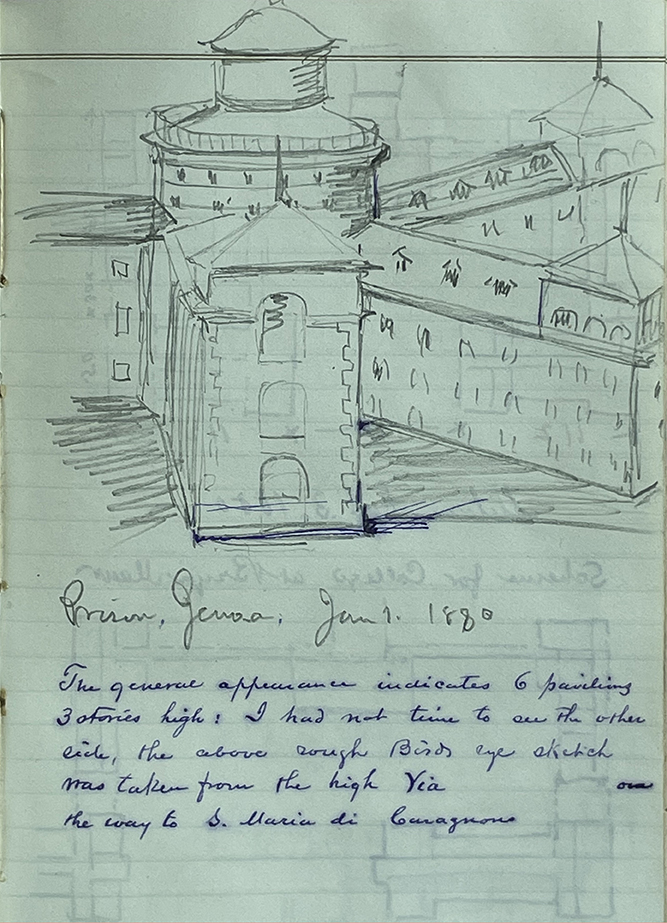While belief in the need to closely supervise young women was typical at the time, the notion that they should engage in weight training and gymnastics was not. Students did not themselves determine what types of health-preserving exercise were appropriate for them. Instead, their bodies were closely regulated by the Gymnasium Directress and the Matron of Merion Hall, and indirectly by Addison Hutton, Calvert Vaux, and the other men and women who helped determine the layout and design of the campus and its buildings. Students were regularly monitored to ensure they took the amount and type of exercise that was deemed necessary. Statistics were collected to document their well-being while at Bryn Mawr. The founders emphasized that students should be active under the watchful eye of another woman, yet authorities on women’s health were typically men.
“Taylor Hall and Merion Hall should promote the health and comfort of the inmates.”
Bryn Mawr College Program, 1883
Hutton was also involved with other Quaker social reform projects, including the construction of prisons and mental health facilities. While Hutton was planning Bryn Mawr, he was simultaneously designing Bucks County Jail in Doylestown, Pennsylvania. In this business diary from early 1880, Hutton drew a prison that he visited in Italy. On the next page he drew plans for Bryn Mawr.
Did connections in the surveillance of prisoners, patients, and female students inform Hutton’s designs at Bryn Mawr? How did Hutton imagine these different constituencies in comparison to each other?

